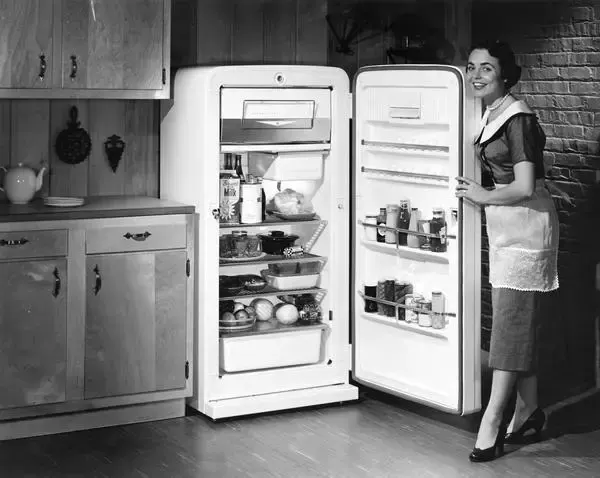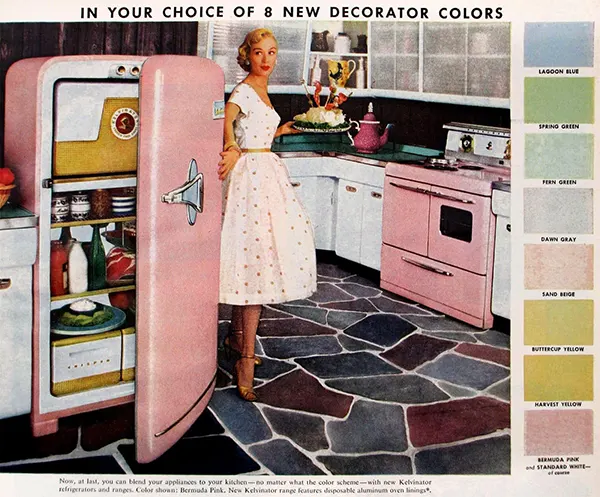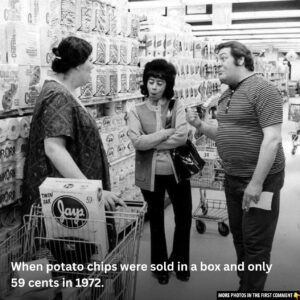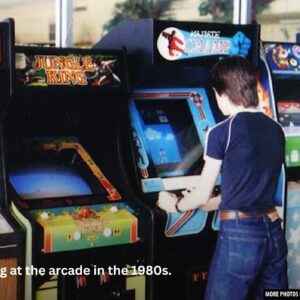Imagine a time when the refrigerator was a luxury only the wealthiest could afford, and the very idea of keeping food fresh for days at a time was a far-fetched notion. In those days, preserving food was not as easy as opening the fridge door. The journey of refrigeration technology has been a fascinating one, shaped by innovative minds and evolving needs. From the humble icebox to the first electric refrigerators, the development of these household appliances has had a profound impact on how we live and eat. This article will explore the evolution of refrigerators from the 1920s to the 1950s, focusing on the technology, design, and cultural shifts that made these appliances indispensable in our daily lives.
The Early Days: From Iceboxes to Electric Refrigeration
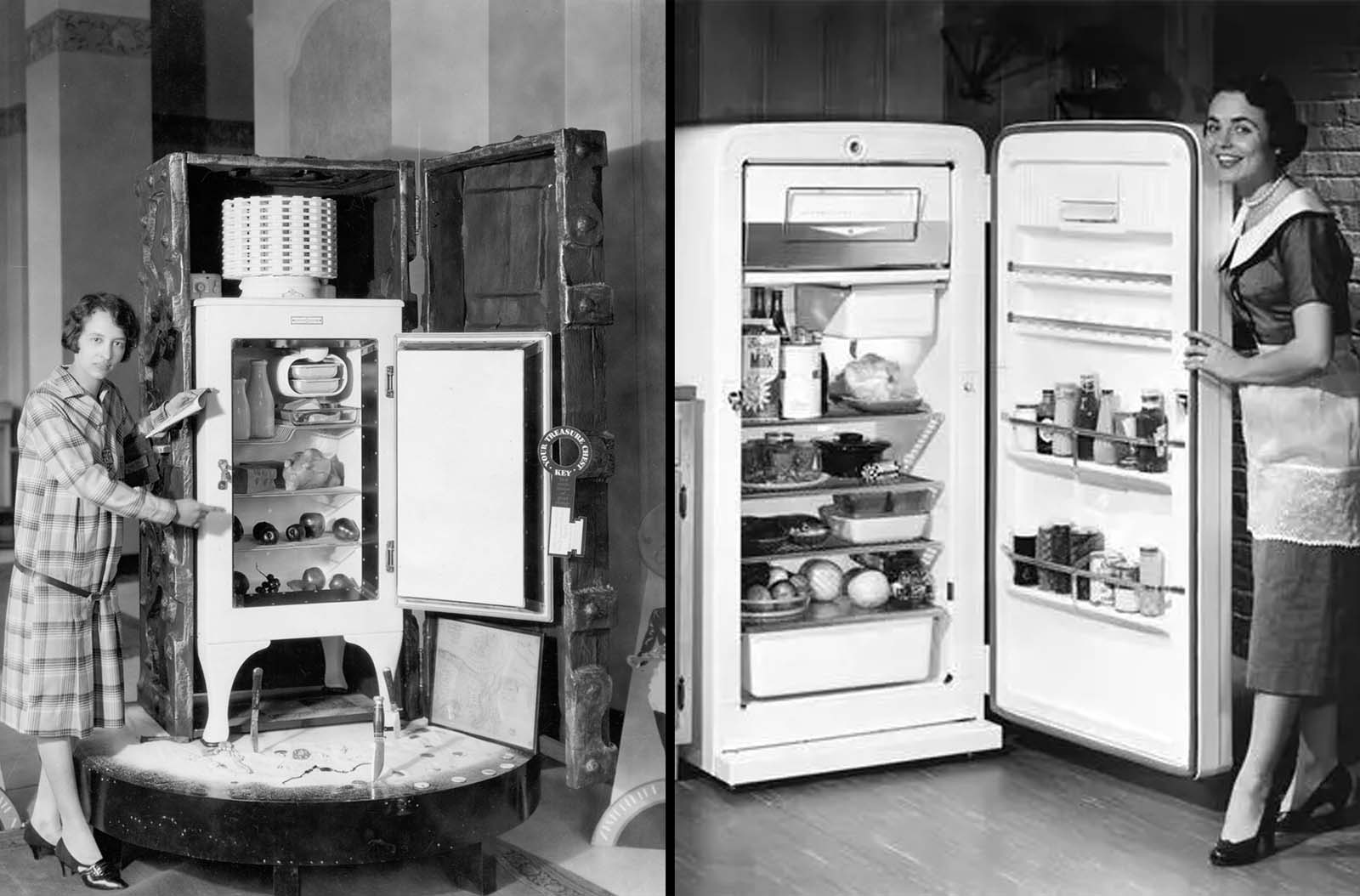
Refrigeration, as we know it today, was not always part of every household. Before refrigerators became common, most homes used iceboxes—insulated containers that kept perishable foods cool using large blocks of ice. These iceboxes were often bulky and required ice deliveries to keep them functioning. They were not as efficient as modern refrigerators, and they required a lot of upkeep. However, they were an essential part of households in the late 19th and early 20th centuries.
The real revolution in refrigeration came with the introduction of electric refrigerators. Early electric refrigerators were seen as a luxury, something that only the wealthy could afford. These refrigerators, which started appearing in homes in the early 1900s, were much more efficient than iceboxes and didn’t require ice delivery. The idea of having a device that could keep food cool without the constant need for ice was groundbreaking, and it marked the beginning of a new era in food preservation.
Video
Step into 1956 with this classic Frigidaire Refrigerator Ice Box commercial—watch now!
The 1920s: General Electric and the Rise of Commercial Refrigeration
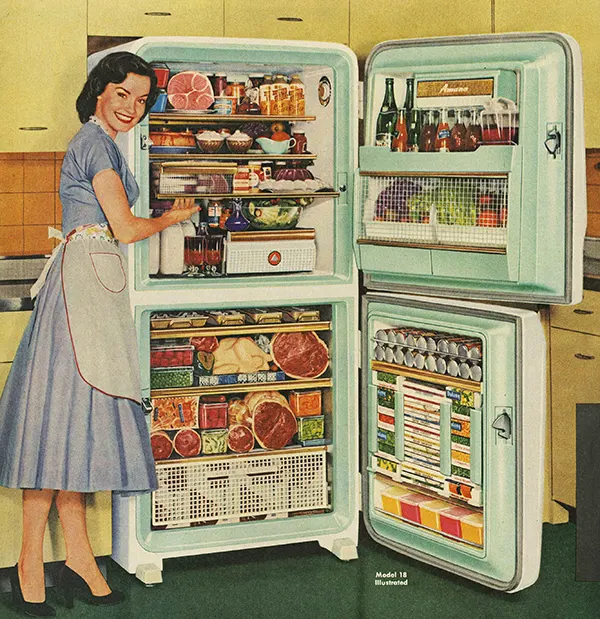
One of the key players in the rise of electric refrigeration was General Electric (GE), which introduced the “Monitor-Top” refrigerator in 1927. This refrigerator, which was revolutionary at the time, featured a compressor assembly located above the cabinet, enclosed by a decorative ring. It quickly became popular and is now considered one of the most iconic vintage refrigerators. Over a million units of the Monitor-Top were sold, marking a significant milestone in the history of refrigeration.
The 1920s was also the decade when the use of Freon, a new refrigerant, helped make refrigeration safer and more efficient. Prior to Freon, dangerous chemicals like ammonia were used in refrigeration systems. Freon’s low toxicity and efficiency made it the ideal choice, and it would go on to be used in refrigerators for decades. The introduction of Freon and other innovations during the 1920s made refrigerators more reliable, paving the way for their widespread adoption in households across the world.
1930s-1940s: Widespread Use and Design Evolution
By the 1930s and 1940s, refrigerators were becoming more accessible to the middle class. Manufacturers began producing refrigerators in various styles and sizes to cater to the growing demand. As refrigeration technology advanced, so did the designs of these appliances. While refrigerators of the early 20th century were often large and bulky, models from the 1930s and 1940s began to take on more streamlined and modern designs.
During this period, refrigerators began to be built with more durable materials, such as porcelain-coated metal cabinets. The size of refrigerators also shrank slightly, making them more suitable for smaller kitchens. In the 1940s, refrigerators began to feature additional functions, such as separate freezer compartments, a feature that would eventually become standard in most models.
Designs also became more sophisticated. Refrigerators were no longer simply functional appliances; they were becoming a key feature in modern kitchens. The 1940s saw the introduction of the “art deco” style, which emphasized sleek lines, bold shapes, and decorative details. This style was seen in various household appliances, including refrigerators, and it contributed to the growing appeal of these devices as not only practical but stylish additions to the home.
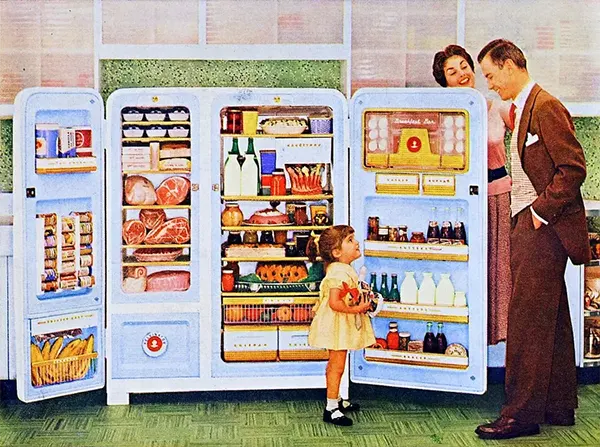
The 1950s: The Golden Age of Refrigerator Design
The 1950s marked the golden age of refrigerator design. After World War II, the economy boomed, and more people had disposable income. Refrigerators became more affordable and increasingly common in households across the United States and beyond. The 1950s saw refrigerators evolve into more compact, user-friendly models that were designed to fit seamlessly into the modern kitchen.
The design of refrigerators in the 1950s was characterized by a focus on both function and style. Manufacturers experimented with different colors and finishes to match the aesthetic trends of the time. Pastel colors like turquoise and pink became popular, and brushed chrome finishes were introduced, giving refrigerators a sleek and modern look. These vibrant colors and finishes were in stark contrast to the more utilitarian designs of earlier models, reflecting the growing emphasis on kitchen aesthetics in post-war America.
Refrigerators of the 1950s were also more efficient than their predecessors. Innovations in insulation, refrigeration cycles, and energy consumption made these models much more reliable and environmentally friendly. The introduction of automatic defrosting and ice-making features in some models further improved convenience, making the refrigerator an essential appliance in every home.
A Closer Look at Vintage Refrigerator Ads
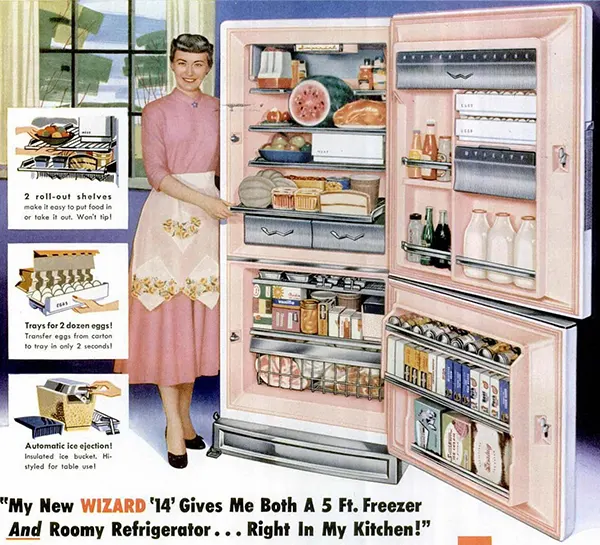
Vintage refrigerator advertisements provide a fascinating glimpse into the consumer culture of the past. These ads, often found in magazines, newspapers, and catalogs, were designed to appeal to the growing middle class, promising convenience, efficiency, and modernity. The ads often featured sleek, colorful refrigerators as symbols of a modern, prosperous lifestyle.
One of the most striking features of vintage refrigerator ads was their focus on the aesthetic appeal of the appliances. The ads showcased refrigerators in stylish kitchens, often accompanied by happy families enjoying the convenience of their new appliances. These ads helped establish refrigerators as symbols of the American dream, representing both technological progress and the comforts of modern life.
The advertisements of the 1950s and 1960s also highlight the growing trend of brand loyalty. Companies like General Electric, Frigidaire, and Kelvinator competed for the attention of consumers, each promoting the unique features and designs of their refrigerators. These ads played a key role in shaping consumer preferences and driving the refrigerator market during this period.
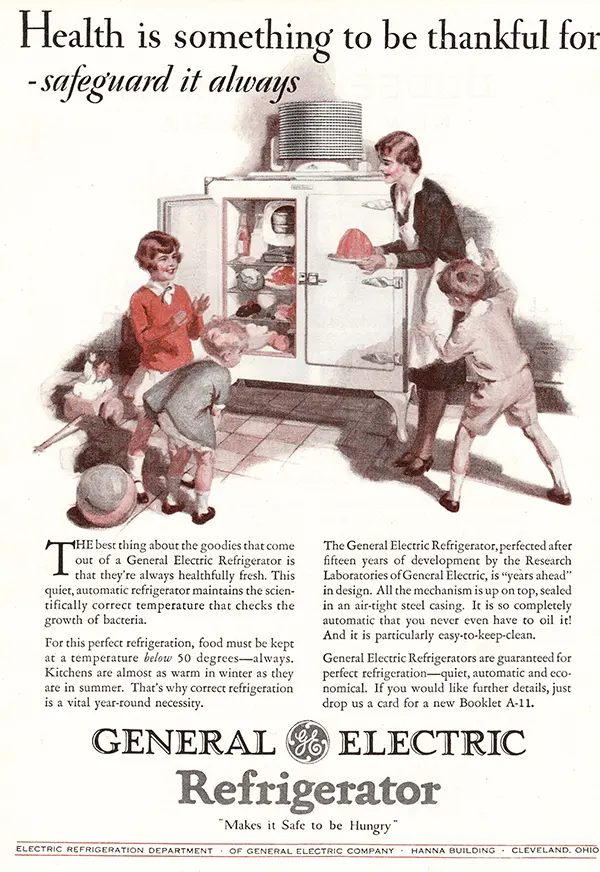
Refrigeration and Its Role in Changing American Households
The widespread adoption of refrigerators in the 1930s, 1940s, and 1950s had a profound impact on American households. Refrigerators revolutionized food storage, allowing families to store perishable items like meat, dairy, and vegetables for longer periods of time. This changed the way people planned their meals and organized their kitchens.
Before refrigerators, families had to rely on iceboxes, which required frequent ice deliveries to keep food cool. With the advent of electric refrigerators, people could store food for weeks at a time, making meal planning and food preservation much easier. This also led to the growth of supermarkets, as refrigerators made it easier for people to buy and store fresh food in bulk.
In addition to changing food storage, refrigerators also had a social impact. In the 1950s, the refrigerator became a central feature in the American kitchen, a symbol of modernity and convenience. It became a place where families gathered to share meals, store leftovers, and keep drinks cool. The refrigerator was no longer just an appliance—it became a focal point in the home, shaping the way families lived and interacted.
Video
See a 1950s vintage fridge brought back to life in this restoration video!
Gallery: Stunning Vintage Refrigerator Ads and Photos
As we reflect on the evolution of refrigerators, it’s impossible to overlook the beauty of vintage refrigerator ads and photos. These images capture the design trends, consumer culture, and technological advancements of their time. The gallery showcases some of the most iconic vintage refrigerators, from the sleek art deco designs of the 1930s to the colorful models of the 1950s.
These photos and ads not only serve as a visual record of the past but also evoke a sense of nostalgia for a time when refrigerators were a symbol of progress and modernity. They remind us of how far refrigeration technology has come and how much these appliances have shaped our lives.
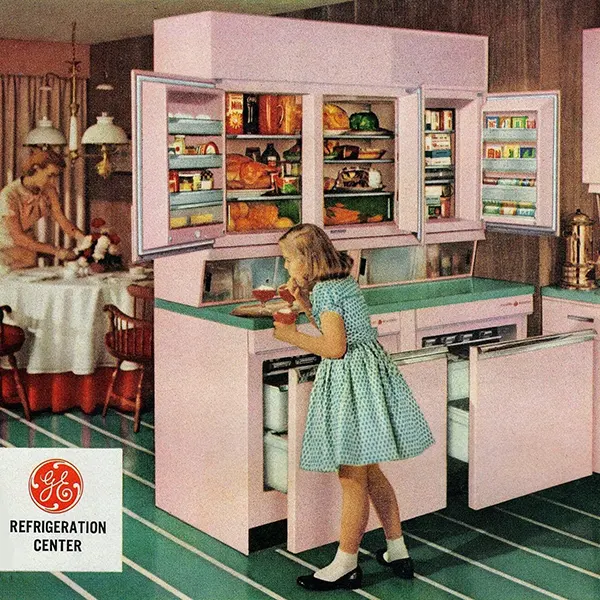
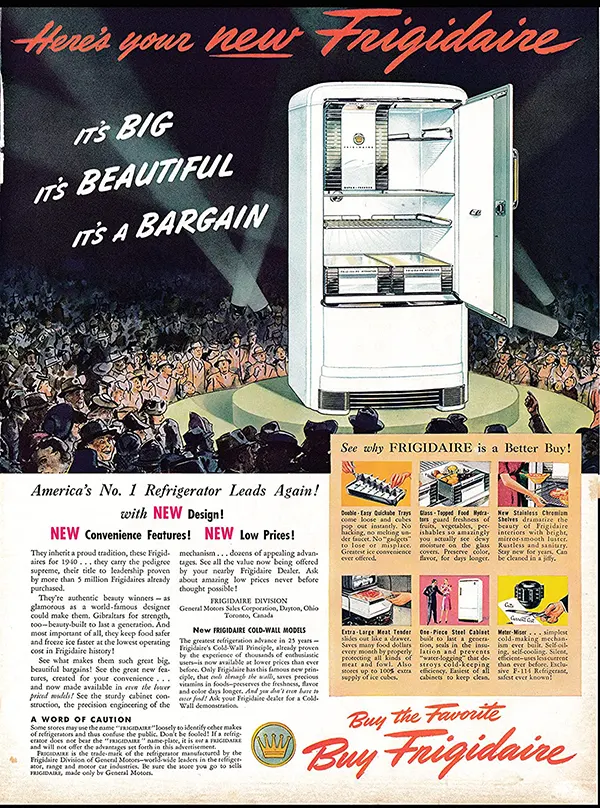
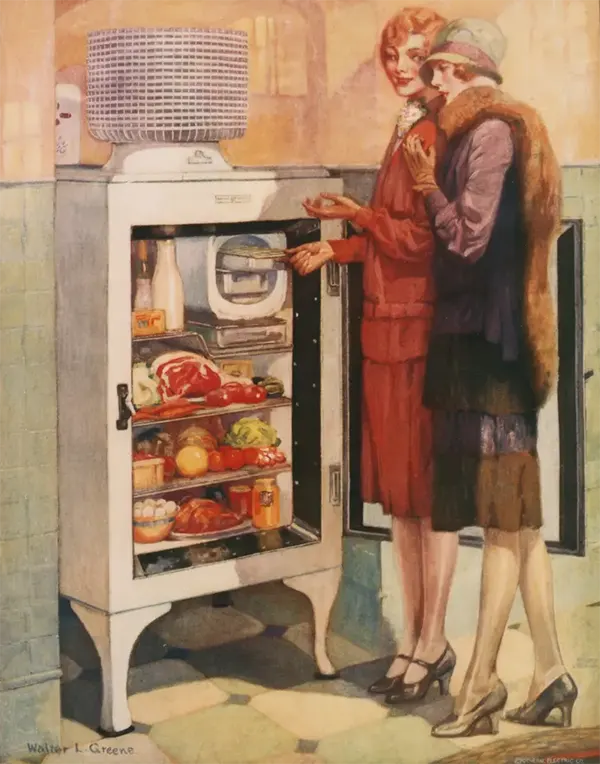
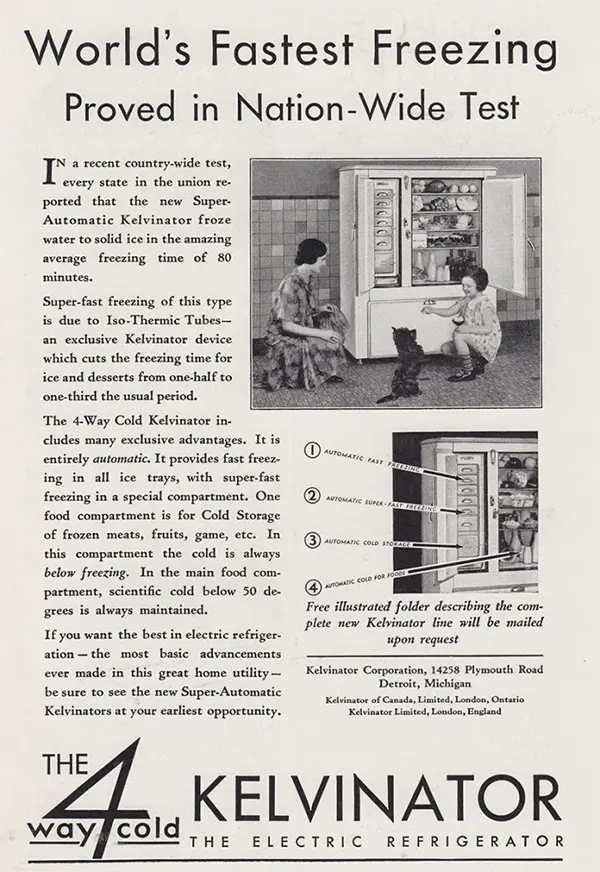
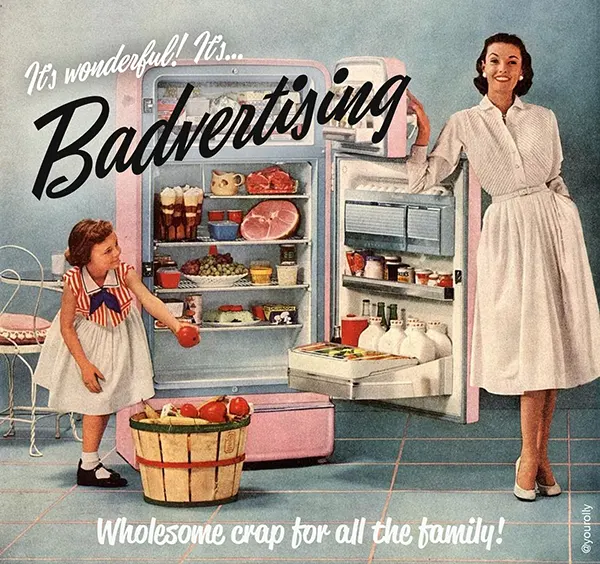
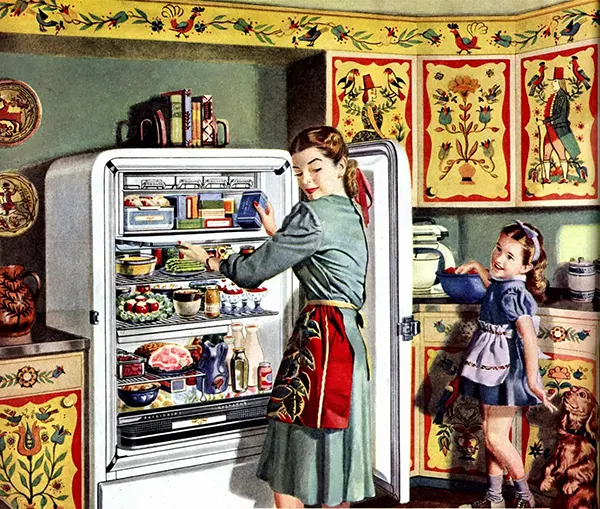
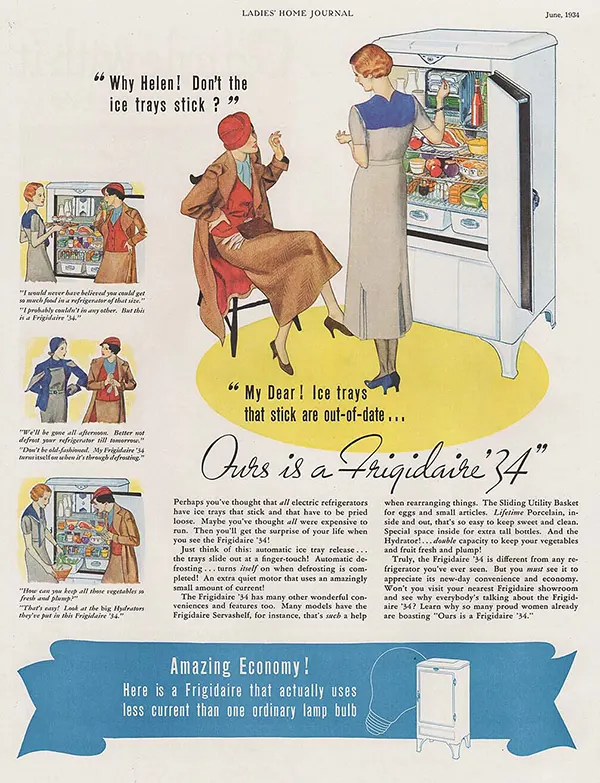
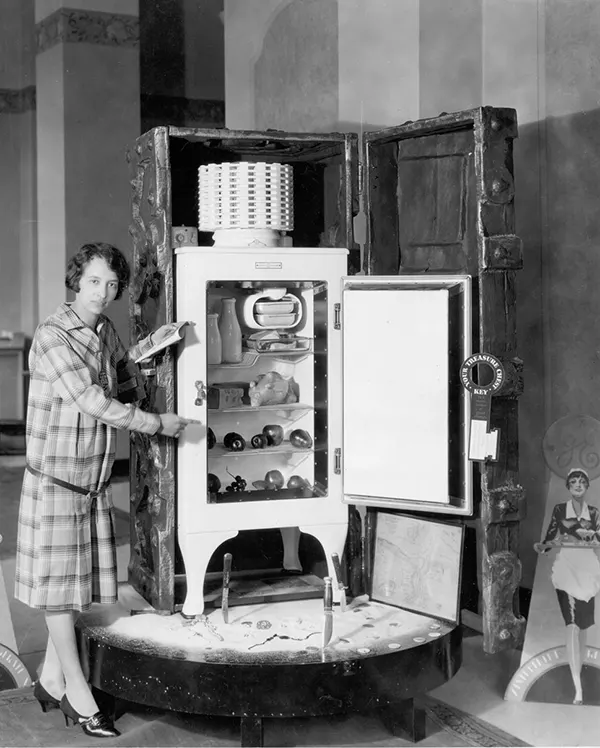
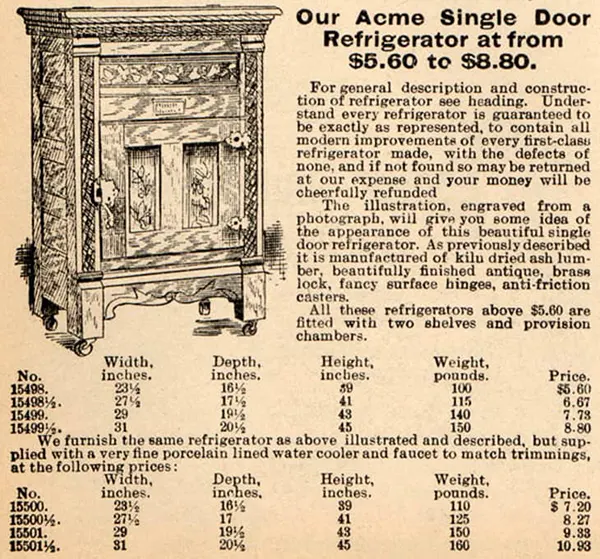
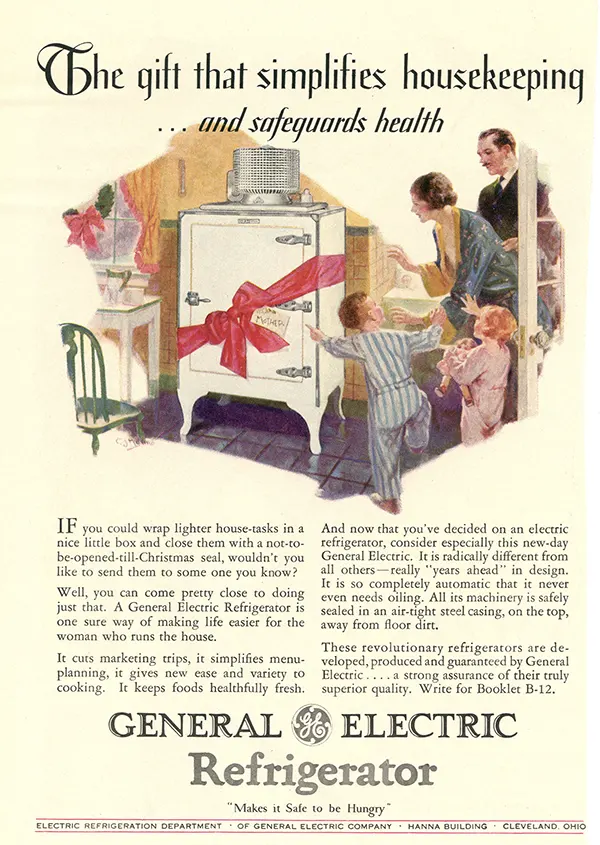
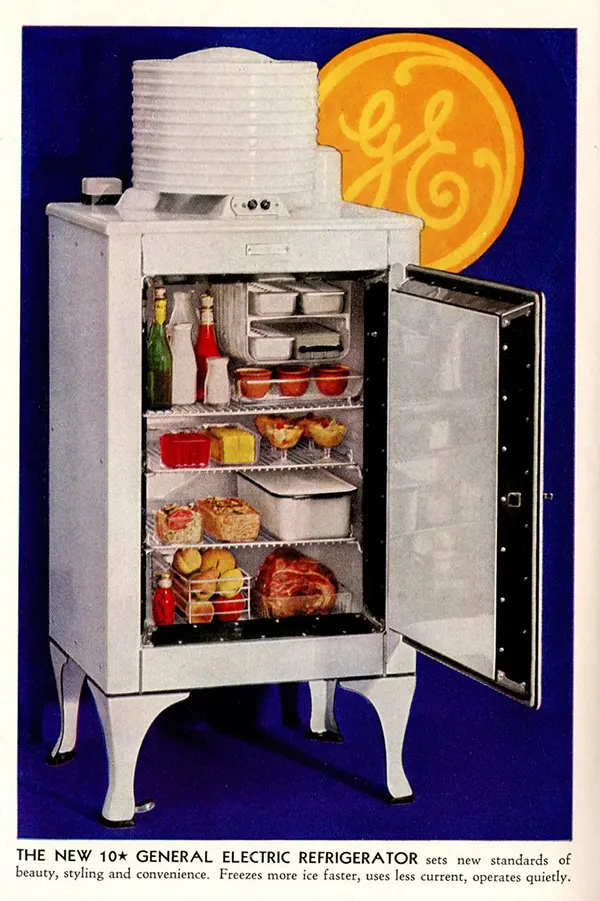
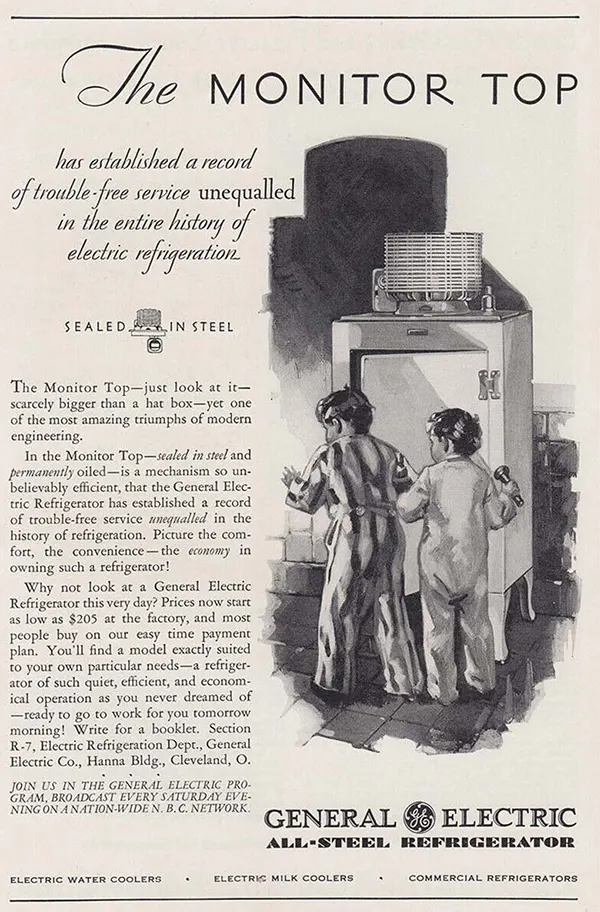
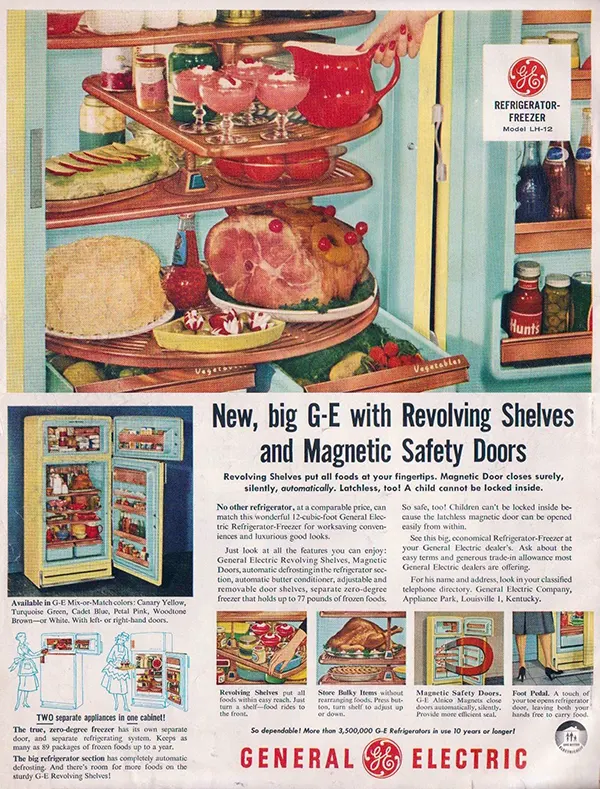
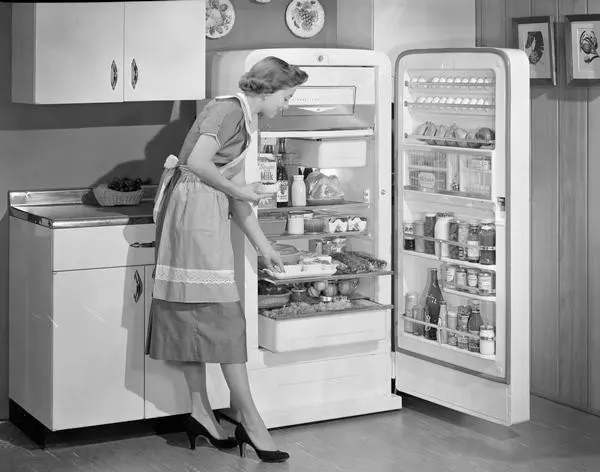
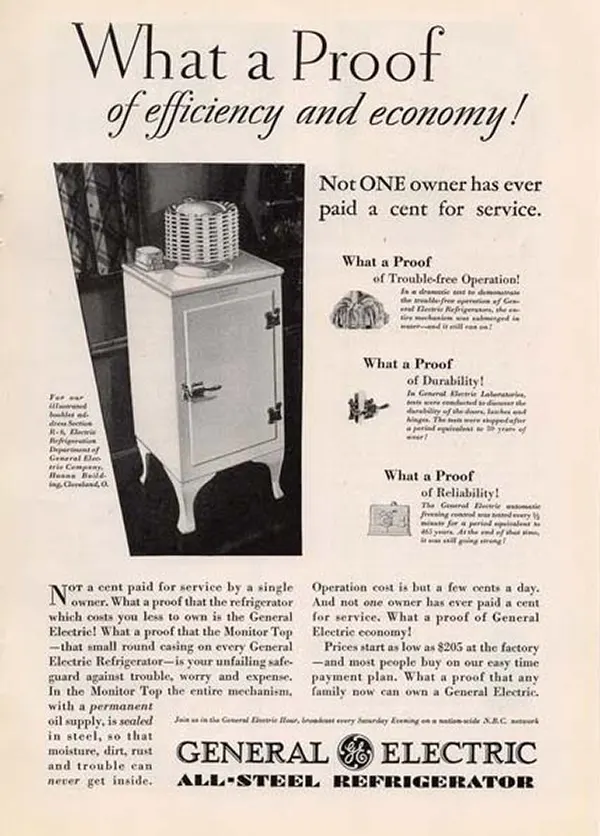
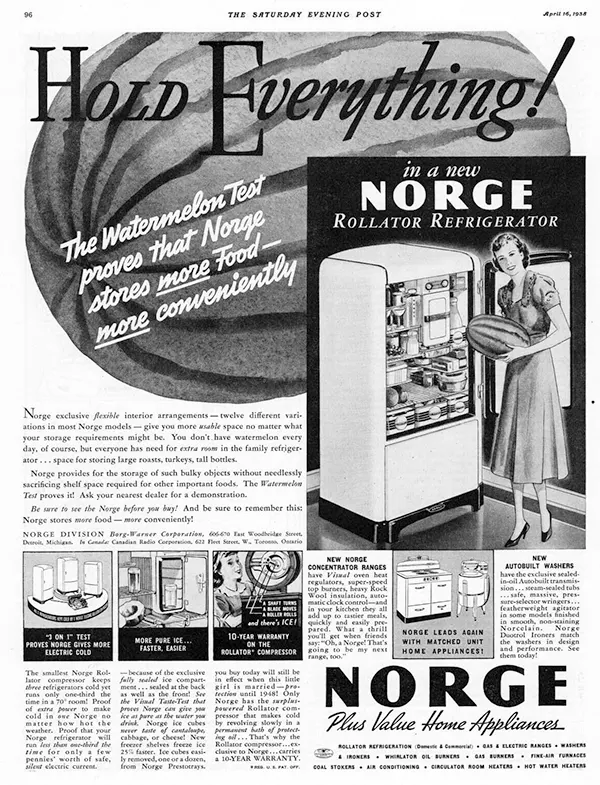

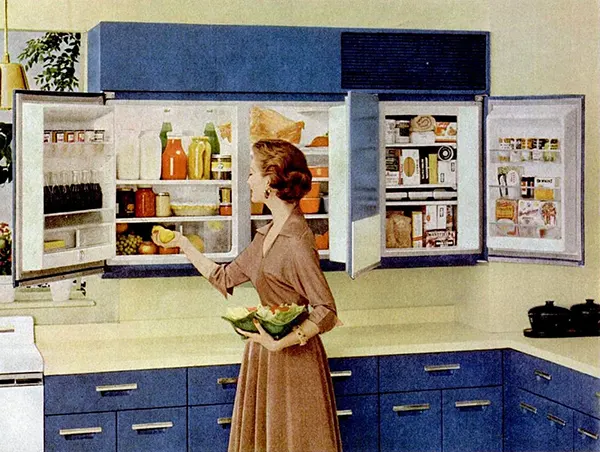
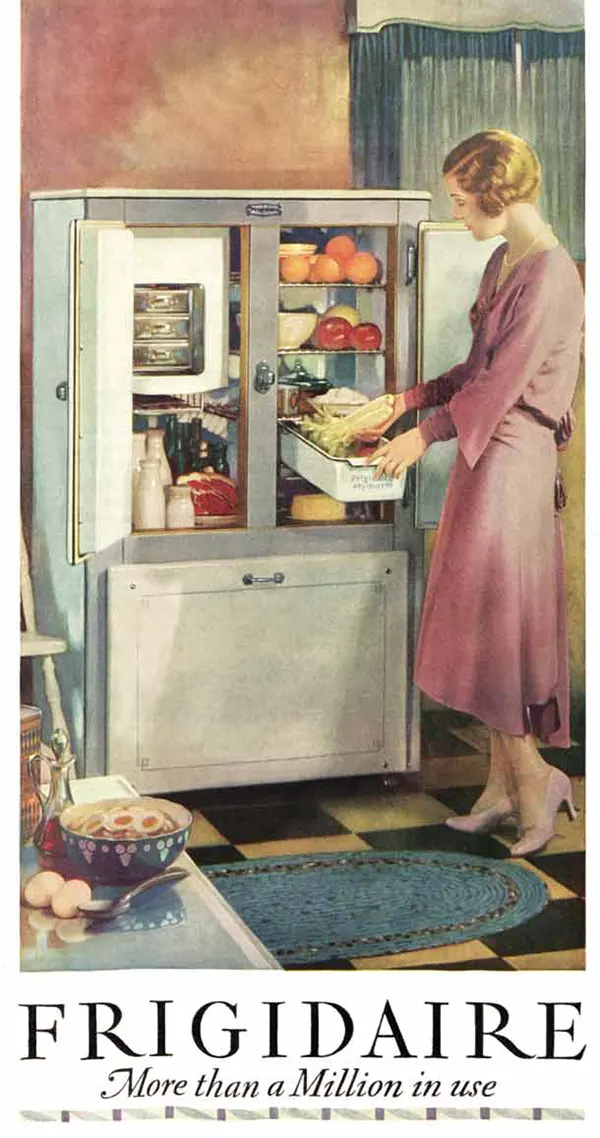
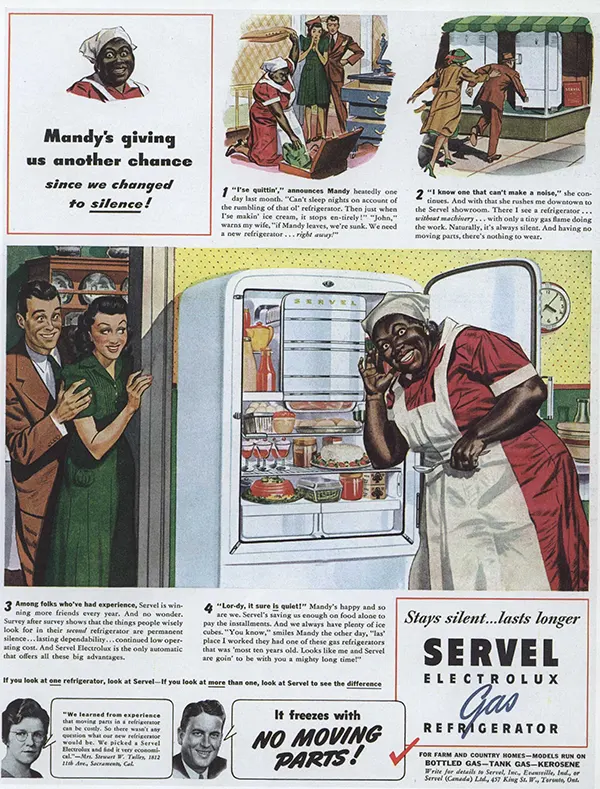
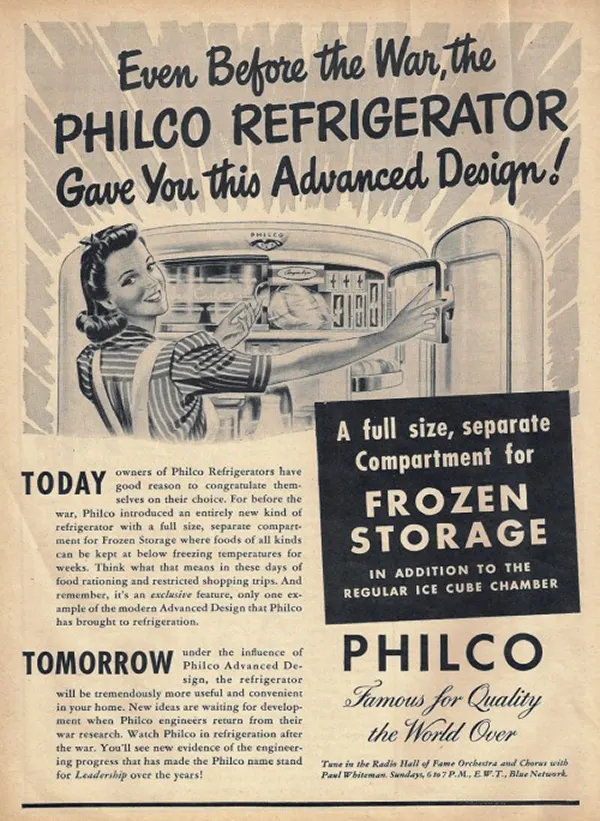
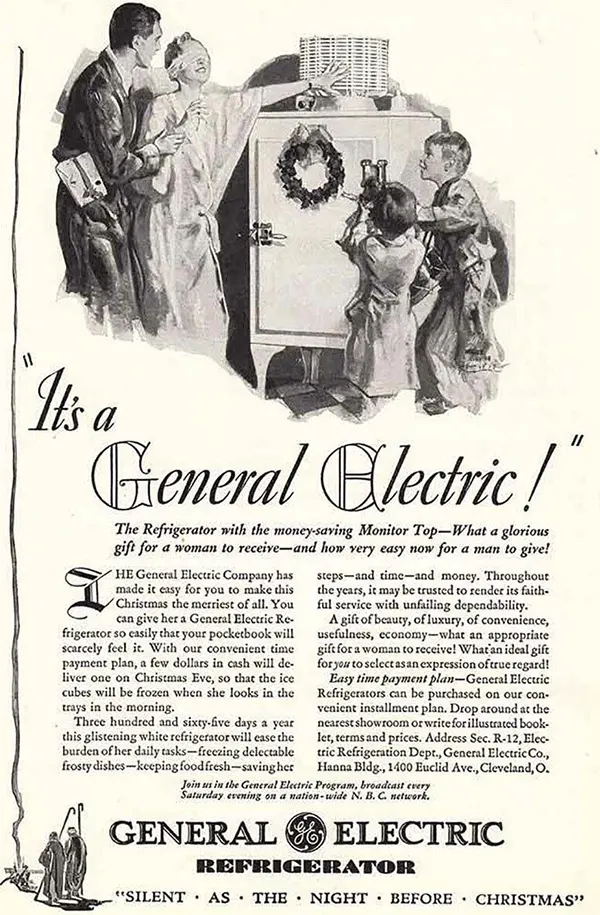
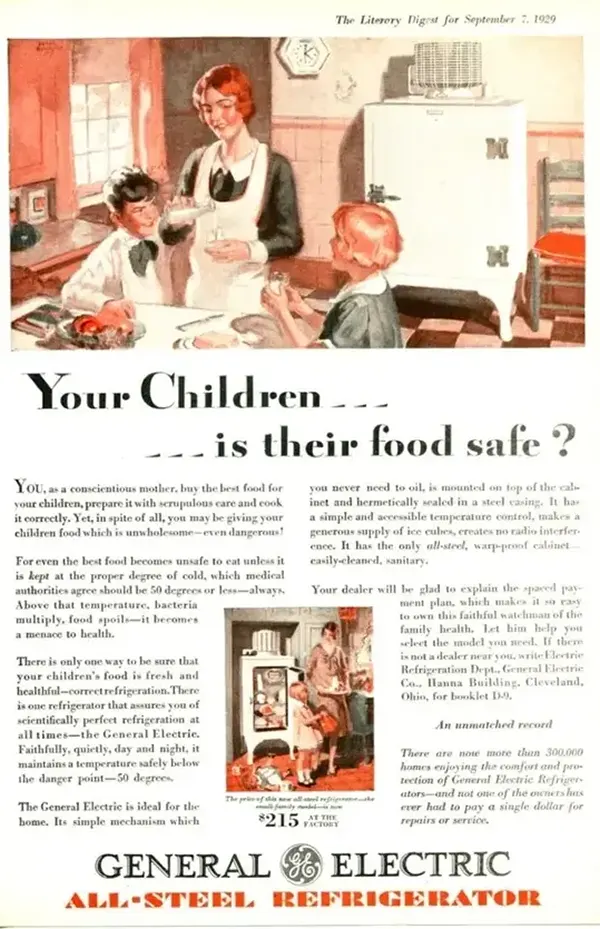
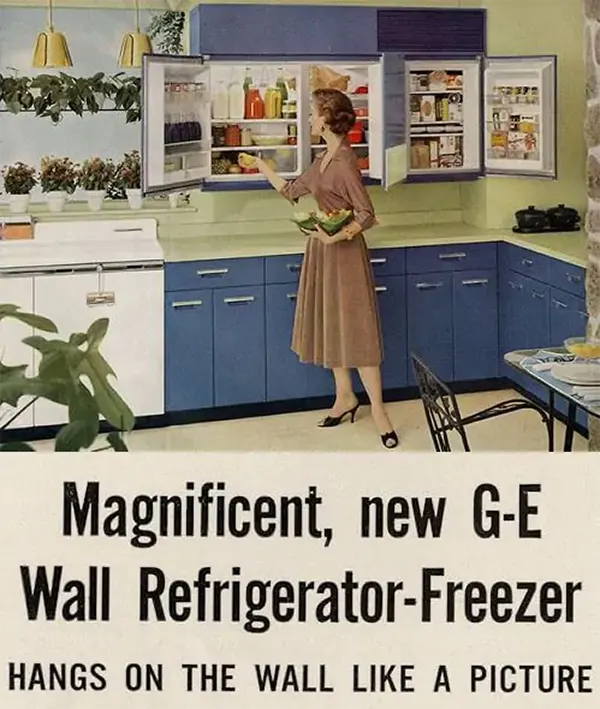
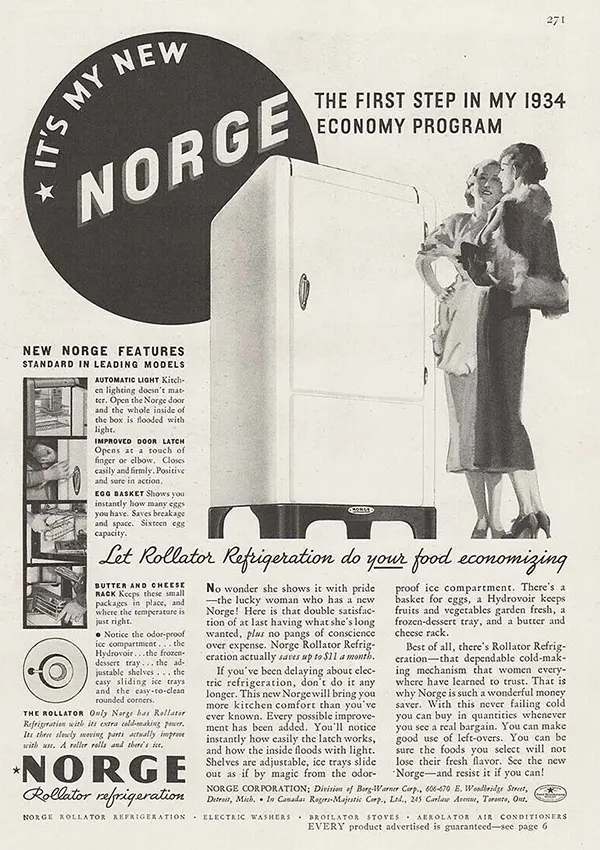
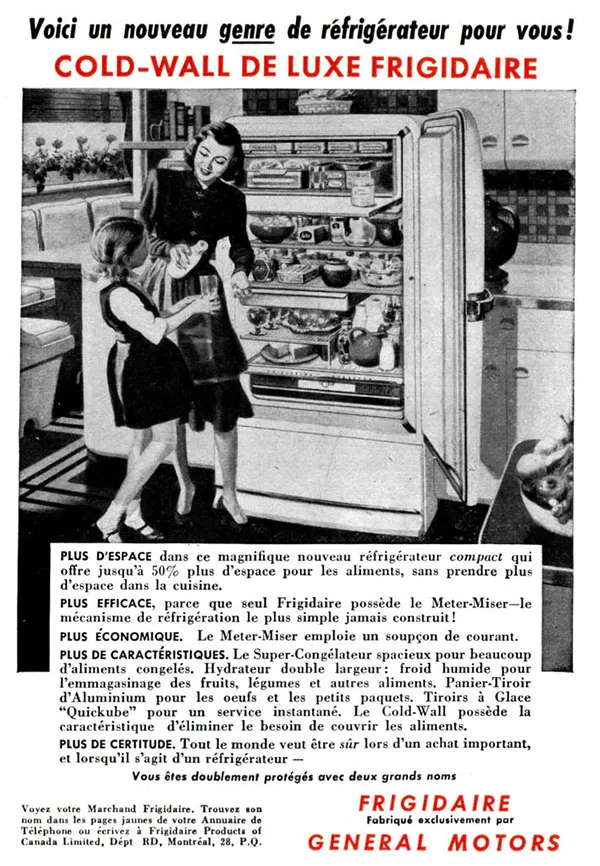
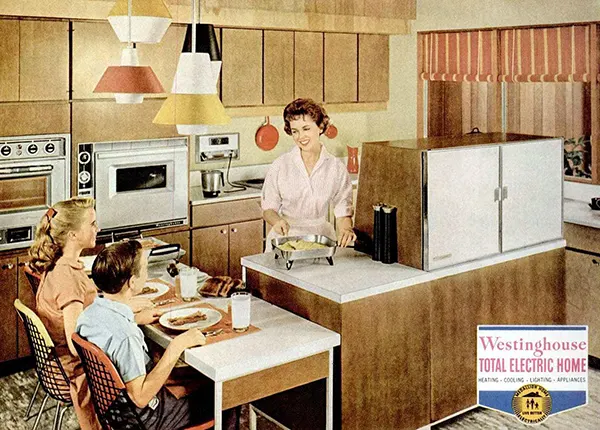
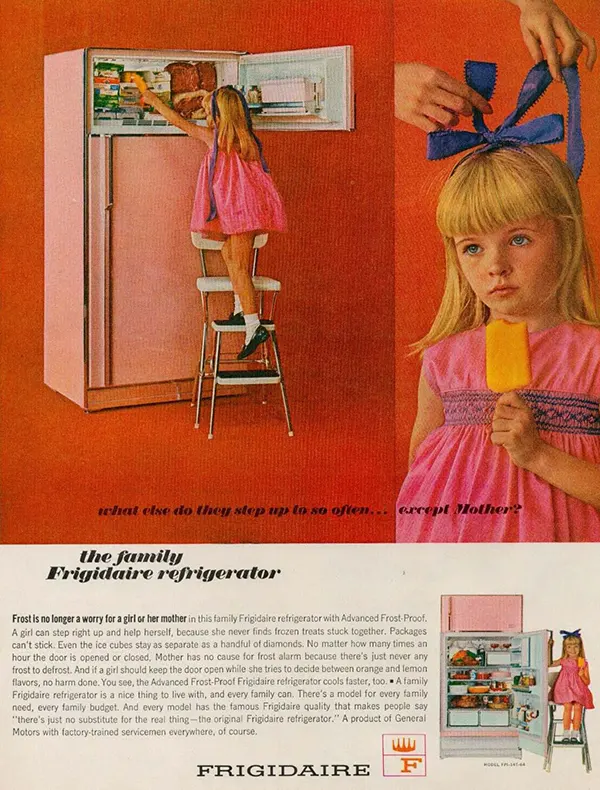
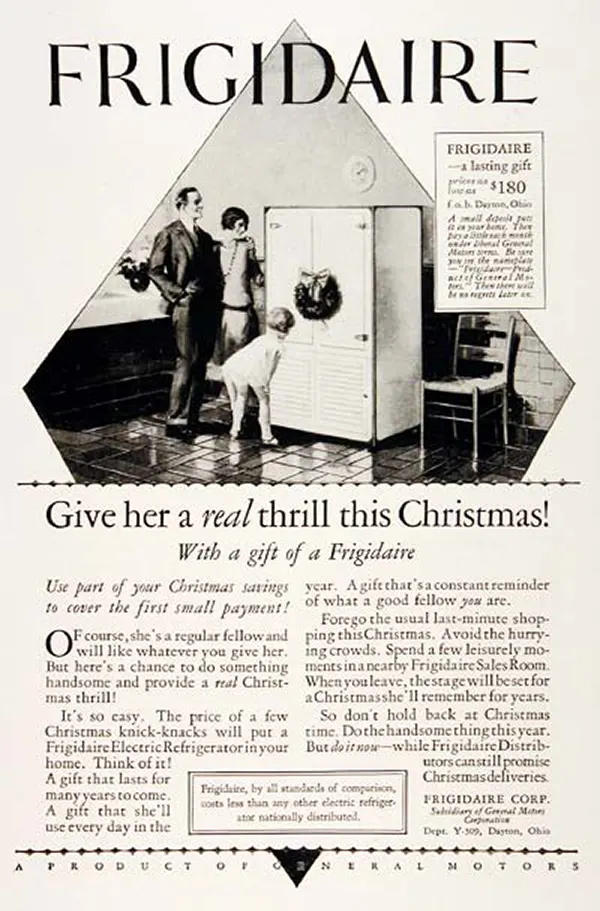

Conclusion: The Lasting Impact of Vintage Refrigerators
The story of refrigerators is not just about technology—it’s about the evolution of our homes and lifestyles. From the early iceboxes to the sleek and efficient models of the 1950s, refrigerators have played a key role in shaping how we store and prepare food. The vintage refrigerators featured in ads and photos from the past offer a window into the cultural and technological changes of the 20th century.
Today, refrigerators continue to be essential appliances in every home, but the vintage models from the 1920s to the 1950s hold a special place in our memories. They remind us of a time when innovation and design were intertwined, and when the refrigerator was a symbol of progress and modernity. As we look back on the evolution of refrigeration, we can appreciate how these appliances have not only transformed our kitchens but also our way of life.


